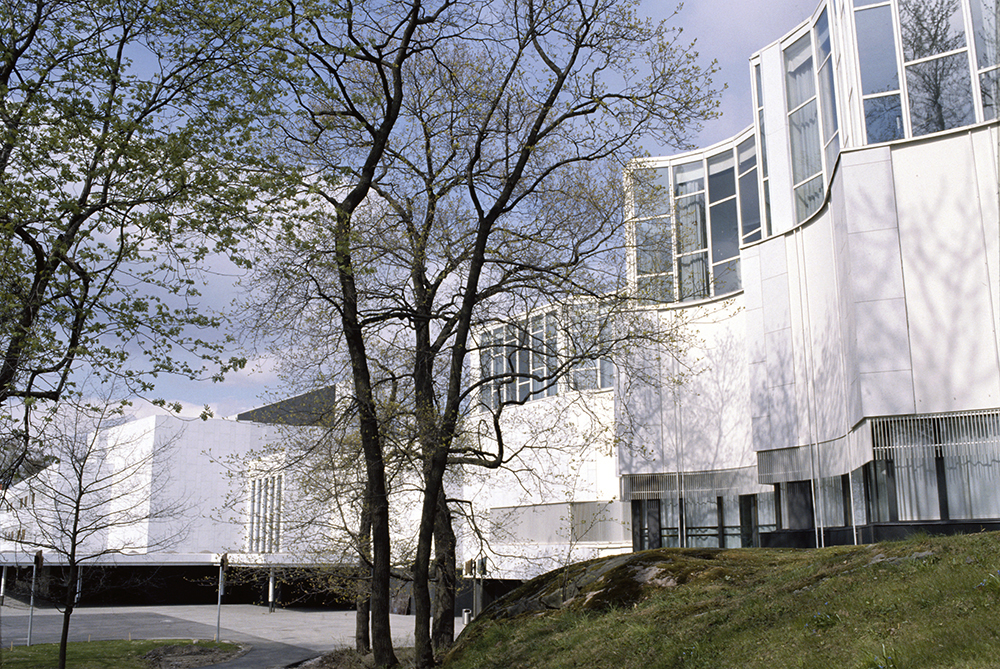A couple of years ago, a Finnish company that had dealt with artistic ceramic tiles wanted to expand its line with natural stone materials. Everything was going fine; we were excited to start a new market and learn things together. We started choosing the materials appropriate for the market and culture, creating new catalogues and collecting the samples. This step is always the most challenging part as well as the most exciting one. When we were ready to meet with the architects and builders, we came across a story we had never expected.
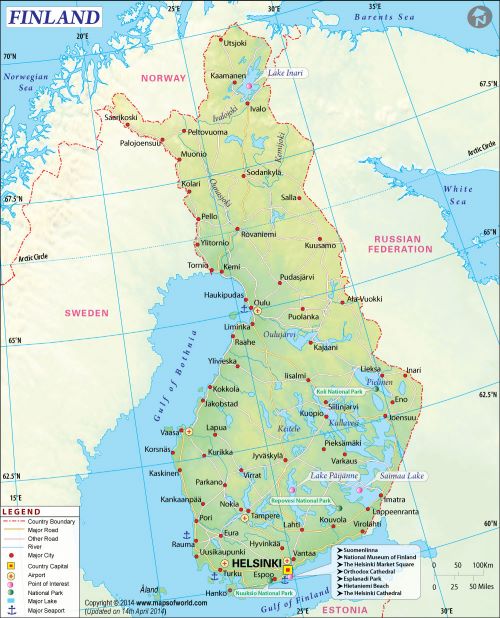
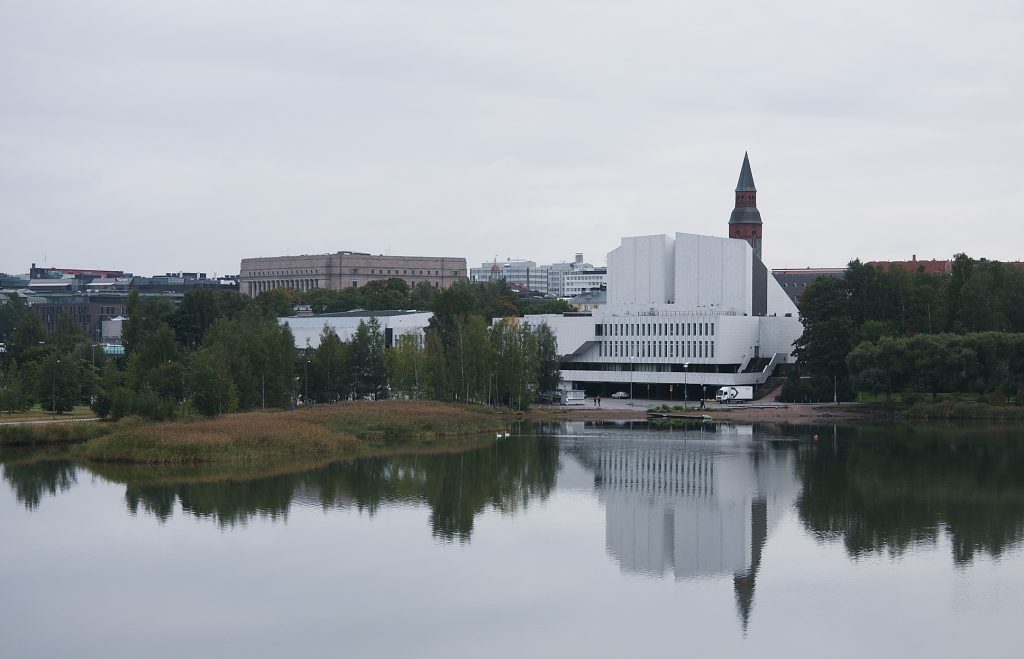
The architects and designers were reluctant to use the marble outside as building materials, and they were all telling us a story of Finlandia Hall. The scholars in the different universities and colleagues in the stone business hadn’t heard of such an issue, and it had yet to come to their attention. It was a new story for all of us. The more we did profound research, the more interesting facts we found about the architecture of this building. We started searching by all means; we talked to professionals from Finland and read articles and scientific experiments. This story has led us to write about this article to mention one more time from our perspectives and comments about it.

Finland’s most celebrated architect, Alvar Aalto (1898 –1976), designed and planned every building detail and completed it in 1962. When Aalto married fellow architect Aino Marsio, the pair took their honeymoon in Italy via Switzerland in a spirit of intellectual exploration where they became more familiar with the work of their Modernist contemporaries.
The influence of their trip to Italy was one of his reflections on Finlandia Hall. For Aalto, the marble was a tie to the Mediterranean culture, which he wanted to bring to Finland. Therefore, he used Italian Carrara marble in this building on indoor and outdoor surfaces to contrast black granite.
The construction of Finlandia Hall took place from 1967 to 1971. However, after some years of completion, the Carrara marble slabs on the outside of the building’s facade started to deform. The marble slabs bulged, expanded, and became unstable, breaking out of the anchors in many places.
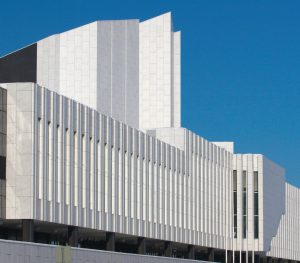
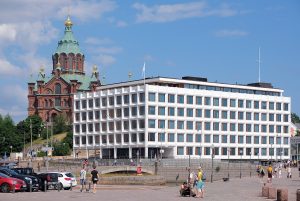
FIRST RENOVATION: Helsinki was keen to restore the iconic building for concerts and congresses to how the world-renowned architect had planned it. A research project investigated the causes of the deformation in the marble slabs starting in 1990, which led to a renovation project to preserve the historical monument. Consequently, 7,500 sqm of damaged pieces were replaced with the same marble in 1999.
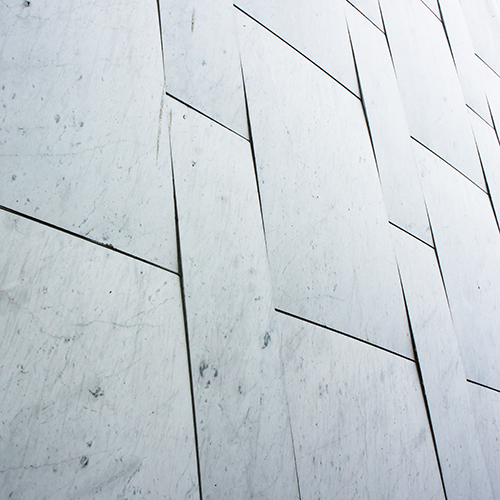
“Scientific Research”
The EU launched a research project called TEAM in 2000 to find solutions to the threats to Europe’s entire stone sector. The project aimed to understand the issue of marble slabs buckling on buildings and received a 4 million € budget, funded by the EU and nine countries with sixteen companies or institutions. The Research Institutes of Sweden (RISE) coordinated the program, which included scientists going through about 400 documents dating back to 1800. Investigations have revealed that marble slabs bow due to cycles of hot and cold temperatures, causing grain dislocation.
The use of marble on Finlandia Hall’s façades has been a controversial issue due to the material’s susceptibility to temperature changes, which can cause it to bow and fail. The decision to use marble cladding again on the façades of Finlandia Hall was made after extensive testing and research. From 2018 to 2021, a series of tests were conducted to assess the performance of different types of marble and other white stone materials such as granite, as well as alternative materials like concrete, ceramics, and even recycled glass. The findings of extensive testing and research eventually led to the decision to use Italian marble again, specifically the Lasa Nuvolato.
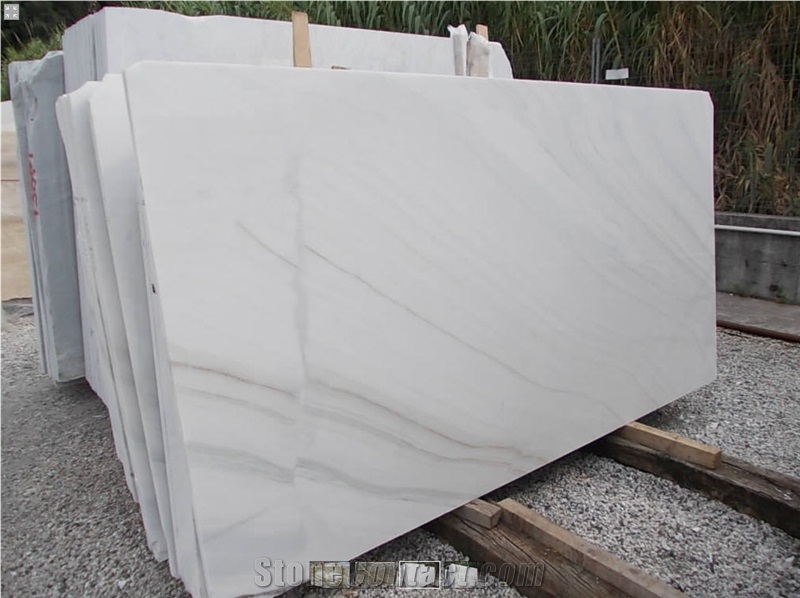
SECOND RENOVATION: The renovation work started in March 2022, under different preconditions than the first renovation in the 1990s. The good news is that since the first renovation, there are now test procedures available that can reliably assess whether a natural stone will deform under the conditions on a ventilated facade. As a result, Italian marble is again being used.
The Finlandia Hall project presents a unique opportunity for the stone industry to showcase its potential. Just as concrete and artificial stone are refined and perfected in their production, processing, and installation, natural stone can also benefit from the new insights gained in this project. From processing to transport to application on a façade, the stone industry can benefit greatly.
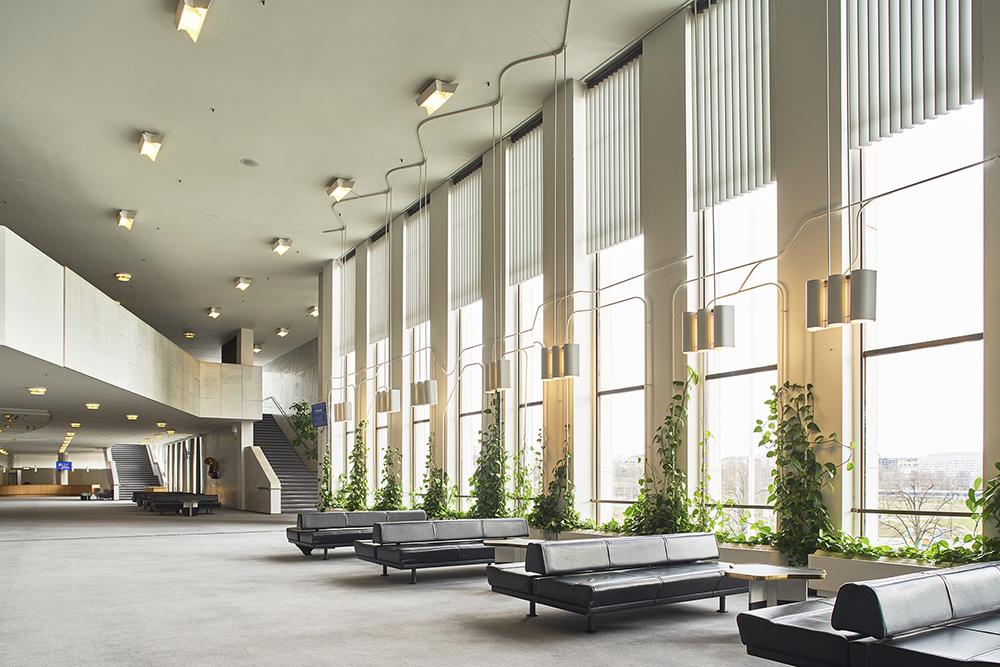
By 2024, when the refurbishment is scheduled to be completed, the entire building technology will be modernized and adapted to current use, making this project a must-watch for anyone interested in the future of the stone industry.
